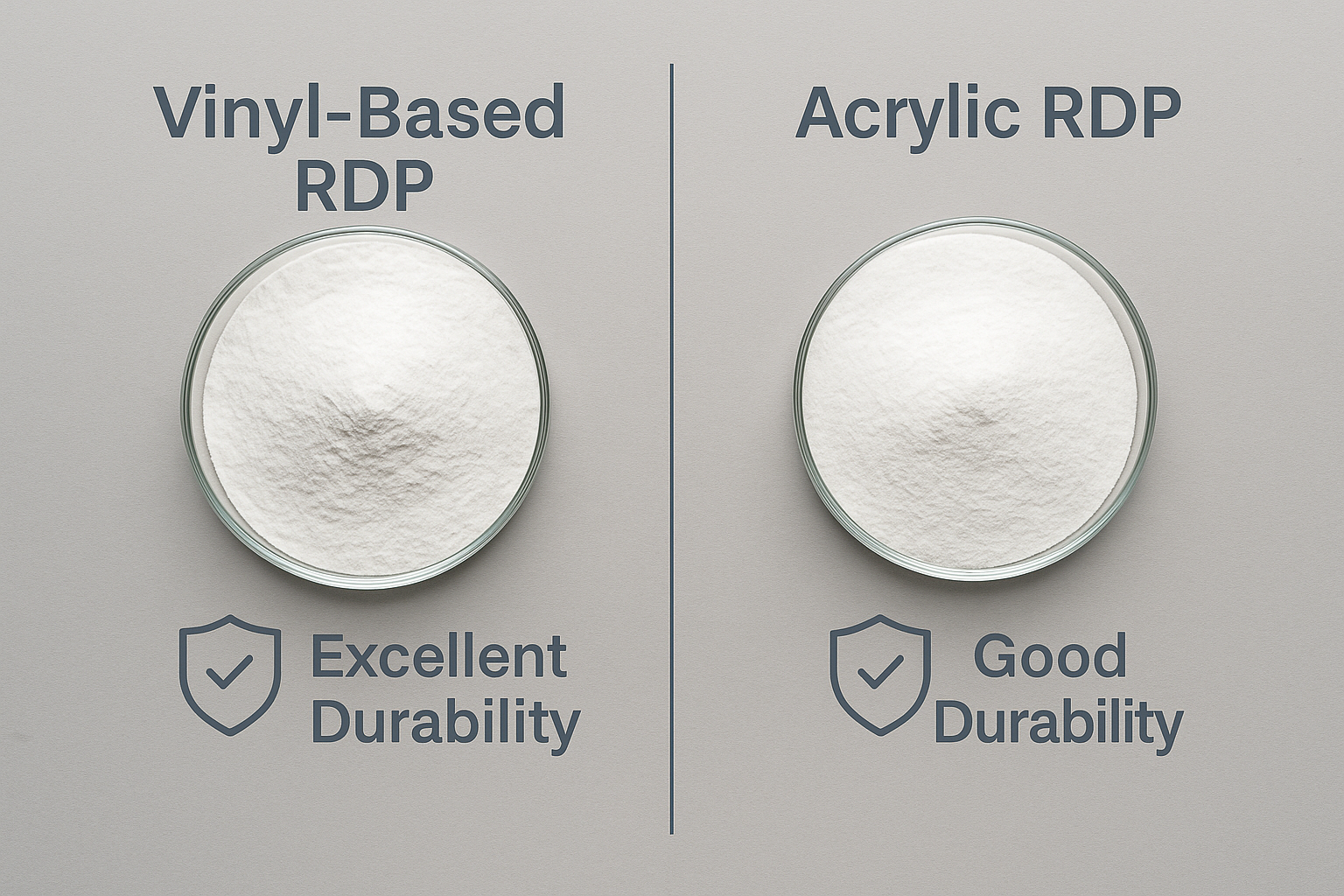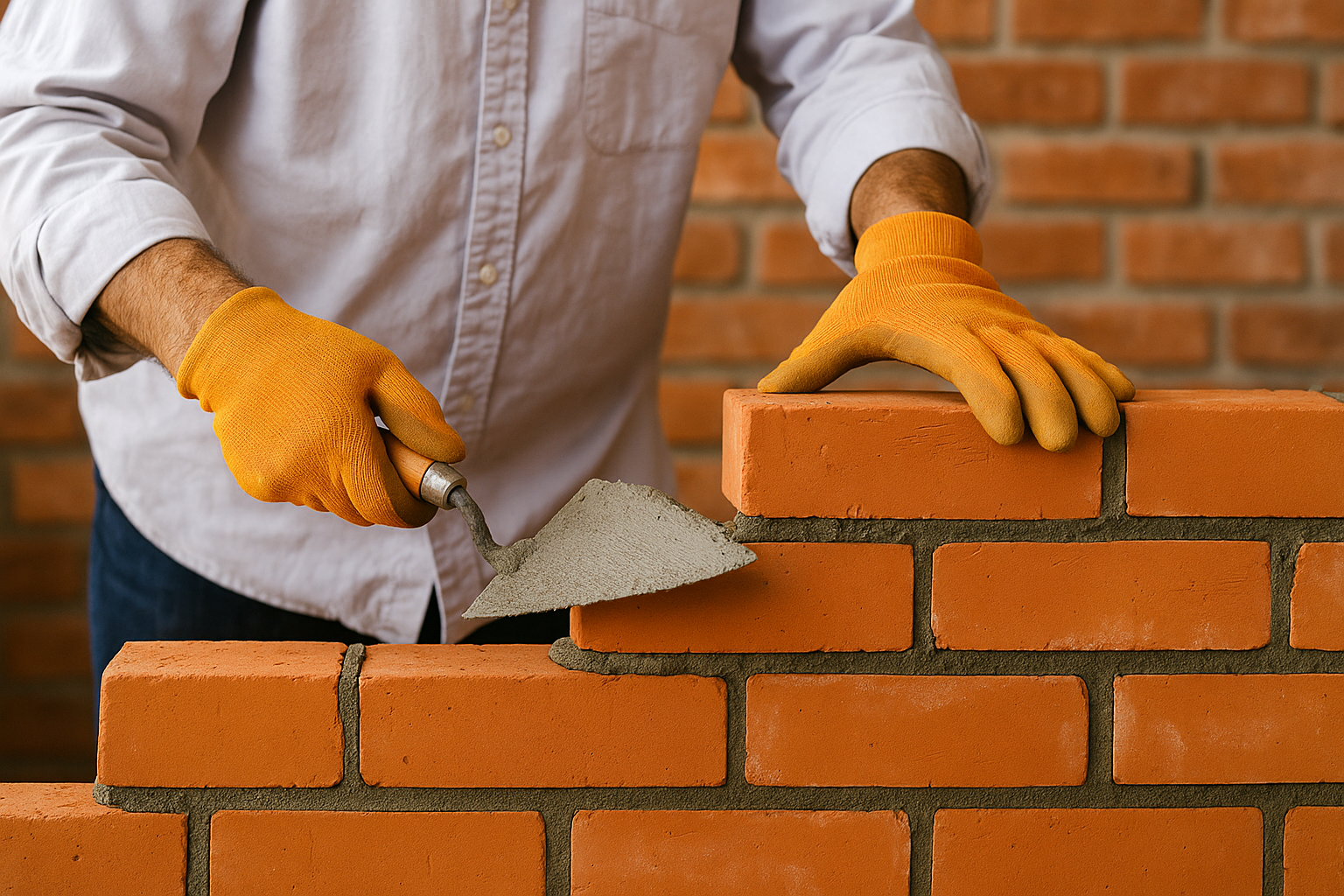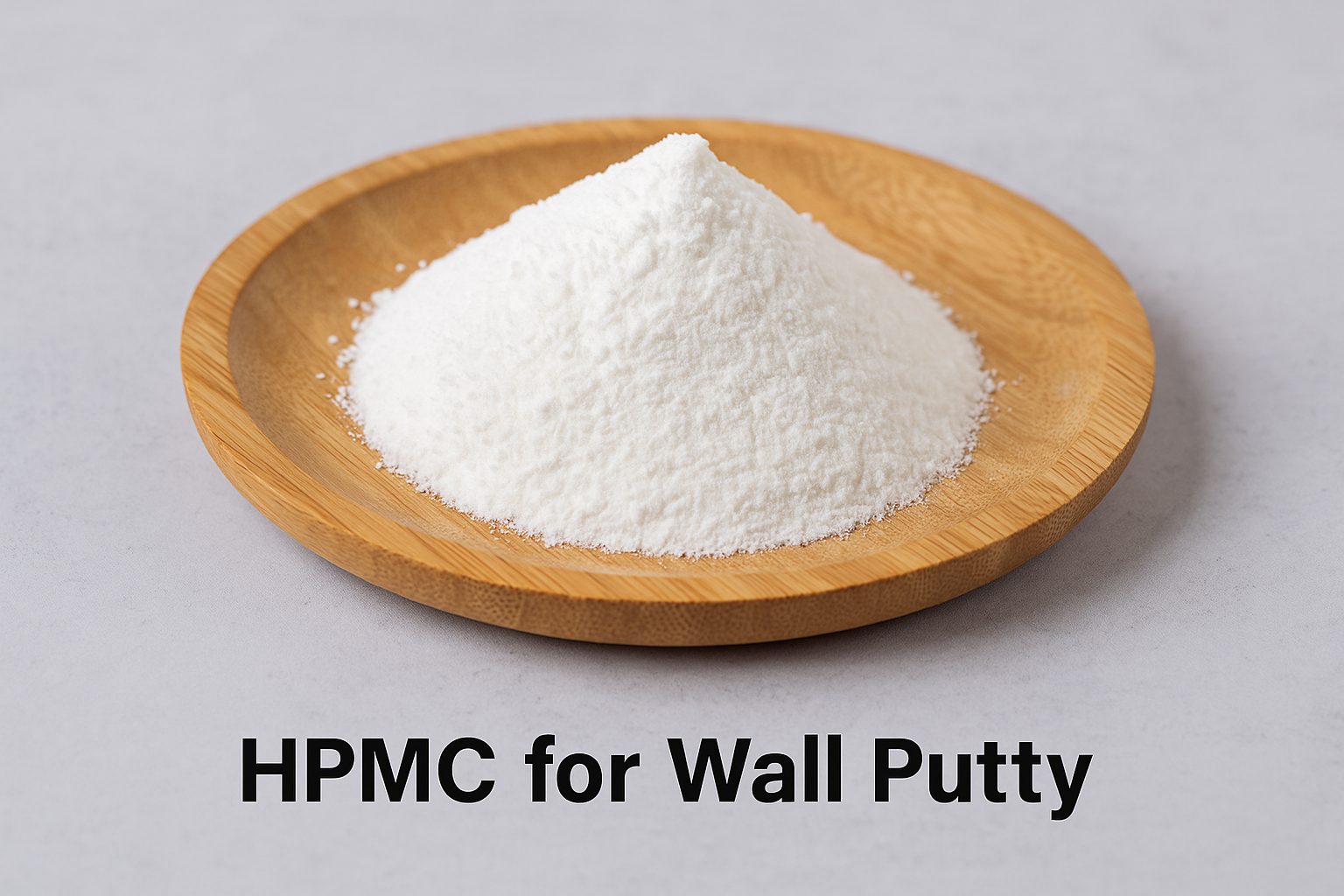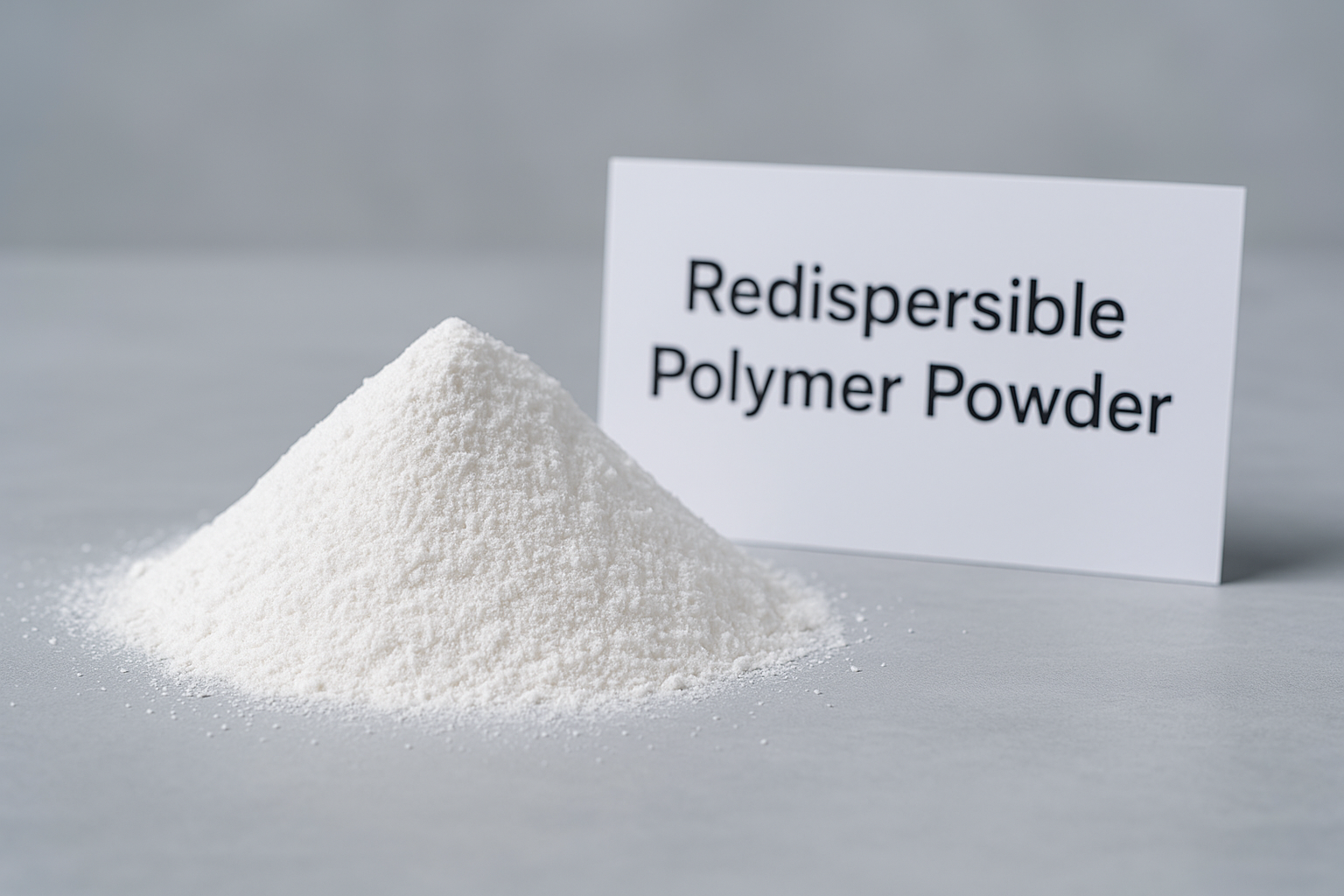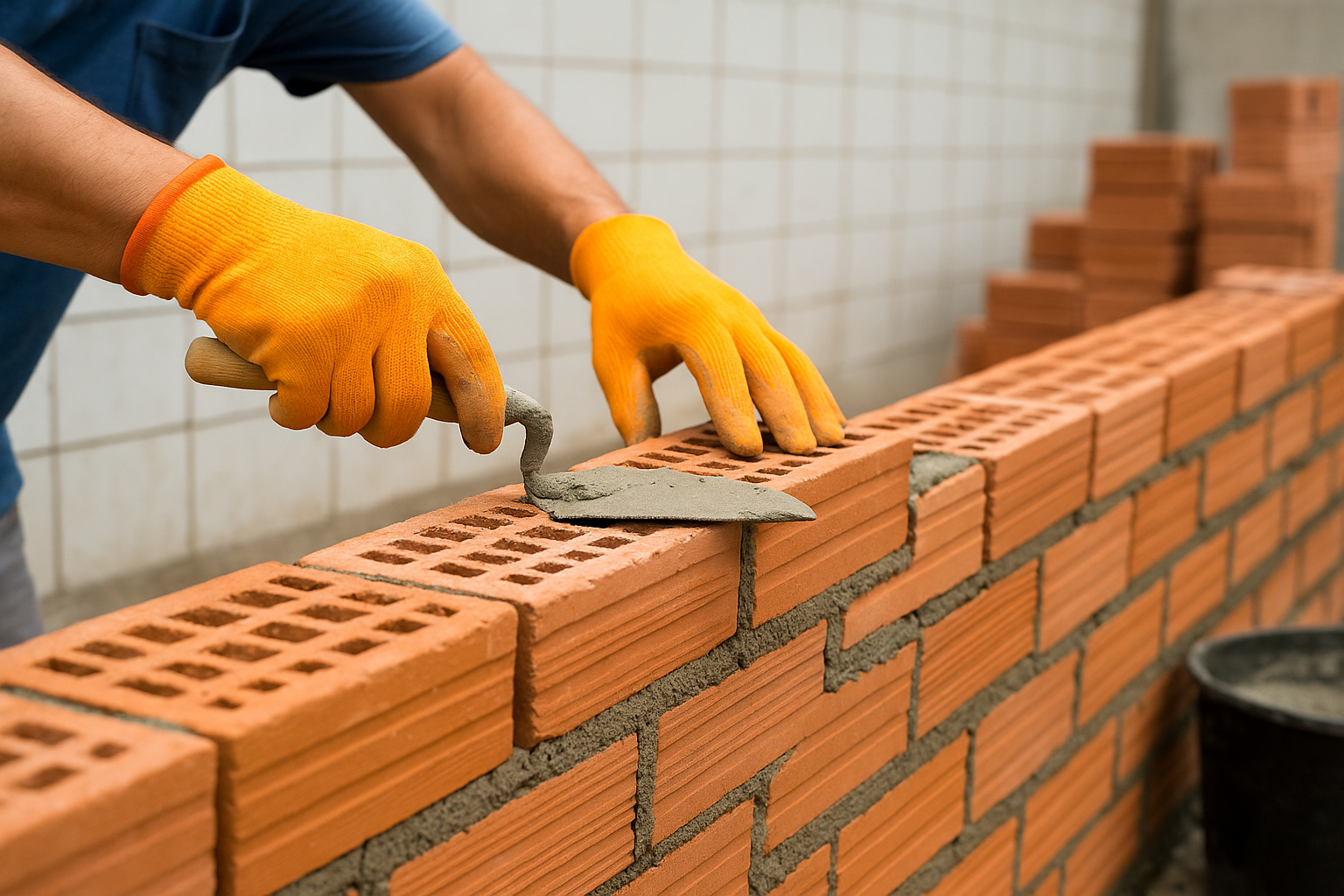You face a crucial choice with redispersible polymer powder1. Choose the wrong type, and your building materials could fail prematurely, wasting thousands on repairs and damaging your reputation.
Acrylic RDP2 typically lasts longer than vinyl-based powder3 in harsh conditions because it resists alkaline degradation and weathering. While vinyl-based (VAE) powders serve well for 95% of interior applications, acrylic RDP stands up better to exterior challenges, moisture exposure, and UV radiation.

When selecting a redispersible polymer powder1, understanding the difference between vinyl-based and acrylic can make or break your project's longevity. Let me guide you through the key differences and help you make the right choice for your specific application needs.
Are polymer powder4 and acrylic powder the same?
Many project managers waste money on expensive acrylic powders when standard polymer options would work fine. This confusion stems from unclear supplier information and technical jargon.
Polymer powder is the broader category that includes acrylic powder as a specific type. While all acrylic powders are polymer powders, not all polymer powder4s are acrylic-based. The most common polymer powder is vinyl-based (VAE), which differs chemically from acrylic and serves different applications.

Thinking of these materials in automotive terms helps clarify their differences. VAE polymer powders are like family sedans - versatile, cost-effective, and perfect for everyday use. They handle most interior applications and standard exterior walls without problems. Their chemistry is based on vinyl acetate and ethylene, creating a flexible, adhesive-enhancing material that's budget-friendly.
Acrylic polymer powders, however, are the specialized off-road vehicles of the construction world. Their chemical structure lacks the vinyl acetate groups that can degrade (or "saponify") under alkaline conditions. This fundamental difference means acrylics maintain their flexibility and adhesive properties much longer in challenging environments.
I've seen this difference firsthand when visiting projects in coastal Saudi Arabia. Buildings using standard VAE powders in their exterior mortars showed signs of brittleness and cracking after just 3-5 years, while similar structures using acrylic-based formulations maintained their integrity beyond the 10-year mark. The higher initial cost of acrylic proved to be the more economical choice in the long run for these harsh environments.
What are the different types of redispersible polymer powder?
Builders often choose the wrong redispersible powder for their projects. This leads to material failure, increased maintenance costs, and unhappy clients requesting expensive fixes.
The main types of redispersible polymer powder include: vinyl acetate-ethylene5 (VAE), vinyl acetate-versatic acid (VA/VeoVa), styrene-acrylic, pure acrylic, and specialty formulations like vinyl acetate-ethylene-acrylate terpolymers. Each has unique properties optimized for specific applications and exposure conditions.
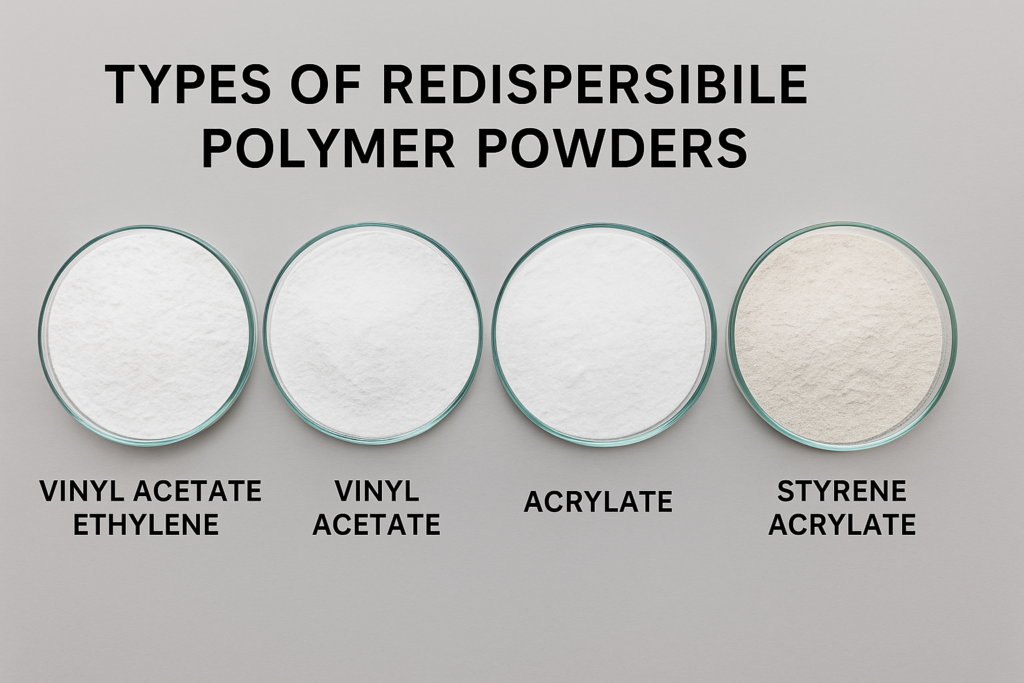
Let me break down these different types more specifically, as choosing the right one can save you significant headaches down the road:
Types of Redispersible Polymer Powder by Chemistry and Applications
| Type | Chemical Base | Durability | Best Applications | Relative Cost |
|---|---|---|---|---|
| VAE (Vinyl Acetate-Ethylene) | Vinyl acetate and ethylene copolymer | Moderate | Interior mortars, tile adhesives6, self-leveling compounds | $ |
| VA/VeoVa | Vinyl acetate and versatic acid ester | Good | Exterior renders, EIFS base coats, improved water resistance | $$ |
| Styrene-Acrylic | Styrene and acrylic monomers | Very Good | Exterior applications, demanding weather conditions | $$$ |
| Pure Acrylic | 100% acrylic monomers | Excellent | Marine environments, swimming pools, harsh climate zones | $$$$ |
| Specialty Formulations | Various terpolymer combinations | Custom | Specific technical requirements (ultra-flexibility, high-temperature resistance) | $$$$ |
During my visits to construction sites across the Middle East, I've noticed that many contractors initially choose VAE types solely based on cost, without considering the local climate. In a recent project in Dubai, we recommended switching from VAE to VA/VeoVa for an exterior render application, which increased the initial material cost by about 15% but eliminated the callback repairs that had been plaguing similar projects. The client later reported that their maintenance costs dropped by over 60% in the following years.
What is RD powder used for?
You've bought expensive RD powder but aren't seeing the improvement in your mortar performance. This frustration comes from not applying it correctly or choosing the wrong formulation for your specific needs.
RD (Redispersible) powder is used to enhance cementitious building materials by improving flexibility, adhesion, workability, and durability. Common applications include tile adhesives, self-leveling compounds, exterior insulation systems, repair mortars, waterproofing systems, and decorative finishes.

The versatility of RD powder is what makes it such a valuable component in modern construction. When added to dry-mix mortars, it creates a unique combination of properties that traditional cement-only formulations simply cannot achieve. Let me share some specific applications and how RD powder transforms these materials:
Key Applications and Benefits of RD Powder
| Application | RD Powder Benefit | Without RD Powder | Recommended Type |
|---|---|---|---|
| Tile Adhesives | Prevents tiles from detaching due to building movement | Brittle bond, tiles crack or detach | VAE or VA/VeoVa |
| Exterior Insulation (EIFS) | Creates flexible base coat that prevents cracking | System failure, insulation board detachment | Acrylic or VA/VeoVa |
| Repair Mortars | Ensures strong bond to old substrates | Poor adhesion, repairs fail | VAE for interior, Acrylic for exterior |
| Waterproofing | Bridges microcracking while maintaining water barrier | Water penetration through cracks | Acrylic or special hydrophobic types |
| Decorative Finishes | Improves color consistency and weather resistance | Color fading, cracking, poor aesthetics | Acrylic for best UV resistance |
I recently consulted on a large apartment complex in Pakistan where the developer had previously used standard cement-only tile adhesive, resulting in over 30% of tiles detaching within two years. After reformulating with a 3% addition of VAE redispersible powder, the callback rate dropped to less than 0.5% on subsequent buildings. The cost increase was minimal—about $0.15 per square meter—but the savings in repairs and reputation were substantial.
Another interesting case was a swimming pool renovation in the UAE where the contractor initially used a VAE-based waterproofing mortar. Within six months, the coating began to deteriorate. Switching to an acrylic RDP-based system increased material costs by about 40%, but the resulting installation has now lasted over five years without issues, proving the importance of matching the right RDP chemistry to the application environment.
What is rdp polymer?
Contractors often misunderstand RDP polymer specifications, leading to poor material performance. This confusion stems from technical language barriers and vague product descriptions from suppliers.
RDP (Redispersible Polymer) is a spray-dried, powdered form of polymer emulsion that reactivates when mixed with water. It functions as a critical binder and performance enhancer in dry mortar formulations, creating a polymer-modified cement matrix that combines the strength of cement with the flexibility and adhesion of polymers.
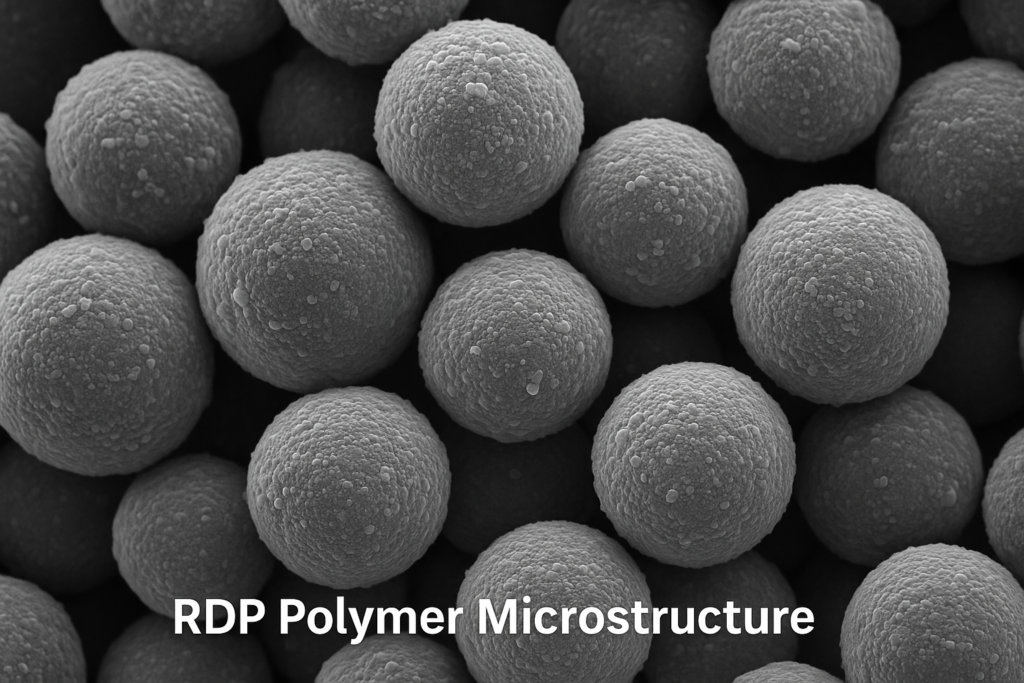
Understanding how RDP polymer works at the microstructural level helps explain why it delivers such impressive performance benefits. When you add water to a dry mortar mix containing RDP, a fascinating transformation occurs:
The powdered polymer particles disperse and dissolve in water, forming a polymer emulsion very similar to the original liquid emulsion it was created from. As the mortar begins to dry and cure, two parallel processes happen simultaneously:
- The cement particles hydrate and form their crystalline structure
- The polymer particles create a flexible film that intertwines with the cement crystals
This creates a unique composite material structure that construction professionals call the "polymer-cement co-matrix." The rigid cement provides compressive strength, while the polymer network adds flexibility, reduces brittleness, and dramatically improves adhesion.
I witnessed this effect dramatically when visiting a test facility in Singapore last year. They demonstrated two identical concrete beams - one modified with 3% RDP polymer and one without. When subjected to flexural stress, the unmodified beam snapped cleanly with a brittle failure, while the RDP-modified beam showed remarkable flexibility, bending significantly before developing fine microcracks instead of catastrophic failure. This visually powerful demonstration explains why RDP-modified mortars can withstand building movement that would cause conventional mortars to crack and fail.
Different RDP polymers create different film properties. VAE types form a soft, flexible film with good initial adhesion but are susceptible to alkaline hydrolysis (saponification) over time in wet, alkaline environments. Acrylic RDPs, while more expensive, form films that resist this degradation, maintaining their properties much longer in harsh conditions - which explains their superior longevity in demanding applications like exterior insulation systems and swimming pools.
Conclusion
Choose VAE polymer powder4 for most interior applications where cost matters. For harsh environments facing moisture, UV exposure, or alkaline conditions, invest in acrylic RDP for its superior long-term durability and performance.
-
Explore this link to understand the essential role of redispersible polymer powder in enhancing building materials. ↩ ↩
-
Learn why Acrylic RDP is preferred for harsh conditions and how it can save costs in the long run. ↩
-
Discover the advantages and limitations of vinyl-based powders for various applications. ↩
-
Gain insights into the different types of polymer powders and their specific uses. ↩ ↩ ↩
-
Learn about the properties and applications of vinyl acetate-ethylene in building materials. ↩
-
Learn how RD powder enhances tile adhesives for better performance and durability. ↩

